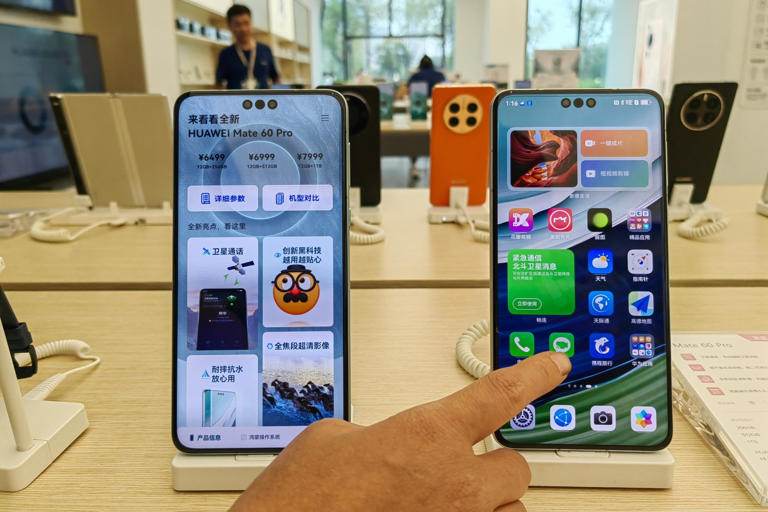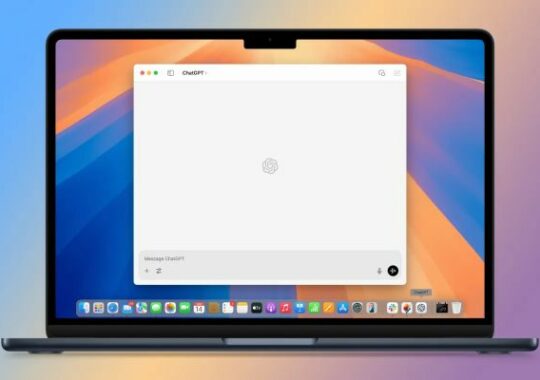According to government data, China’s smartphone market showed signs of life in 2023, with a 6.5% increase in shipments from the year before. This was despite the nation’s shaky economic recovery and the fierce domestic competition that arose in the wake of Huawei Technologies’ impressive 5G comeback.
The most recent study from the China Academy of Information and Communications Technology (CAICT), a scientific research organization under the Ministry of Industry and Information Technology, was released on Monday. It shows that domestic smartphone shipments were 289 million units last year as opposed to 272 million in 2022.
The 22.6 percent annual decline that was observed in 2022 stood in stark contrast to that increase. The volume of shipments made in 2021—351,00 units—remained lower than that of last year.
In the midst of Beijing’s efforts to relieve growing pressure from debt, deflation, and low confidence, the domestic smartphone industry saw its first year-over-year growth in 2023. This was due to improved consumer appetite for handset upgrades.
The positive 2023 China smartphone unit shipment figure from CAICT was also in contrast to market research firm IDC’s earlier forecast of a 3.6 per cent decline in domestic handset shipments last year to 276 million.
Based on data from CAICT, domestic brands accounted for 231 million units, or about 80%, of China’s total smartphone shipments last year, up 1.1% from 2022.
Additionally, shipments of 5G smartphones increased 11.9% year over year to 240 million units in the previous year. In contrast, 5G handset shipments on the mainland in 2022 decreased by 19.6% over the previous year.
Despite persistent macroeconomic challenges, Singapore-based IDC analyst Will Wong stated in a South China Morning Post article earlier this month that “the Chinese smartphone market is expected to see full-year growth in 2024.”
Reviving smartphone growth in China would be a positive development for the global industry, which has been negatively impacted by macroeconomic challenges. According to an IDC report released last week, global smartphone shipments fell 3.2% to 1.17 billion units in 2018, the lowest volume for the entire year in a decade.
With the release of the Mate 60 Pro 5G smartphone in August of last year, which was driven by an advanced in-house processor that circumvented US tech restrictions, the US-sanctioned Huawei made a comeback to the premium smartphone market.
The innovative chip in the Shenzhen-based company’s new 5G smartphone was welcomed as a symbol of China’s ability to overcome the harsh US sanctions, igniting strong patriotic fervor that resulted in strong domestic sales.
With growing iPhone discounts in the market, Apple has recently joined China’s smartphone price wars, and Huawei’s 5G comeback has further heightened tensions between the two companies. While Huawei has not adopted this tactic, major Chinese smartphone vendors Xiaomi and Honor have likewise slashed prices on their various Android models.




